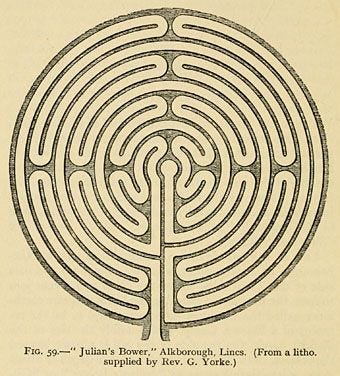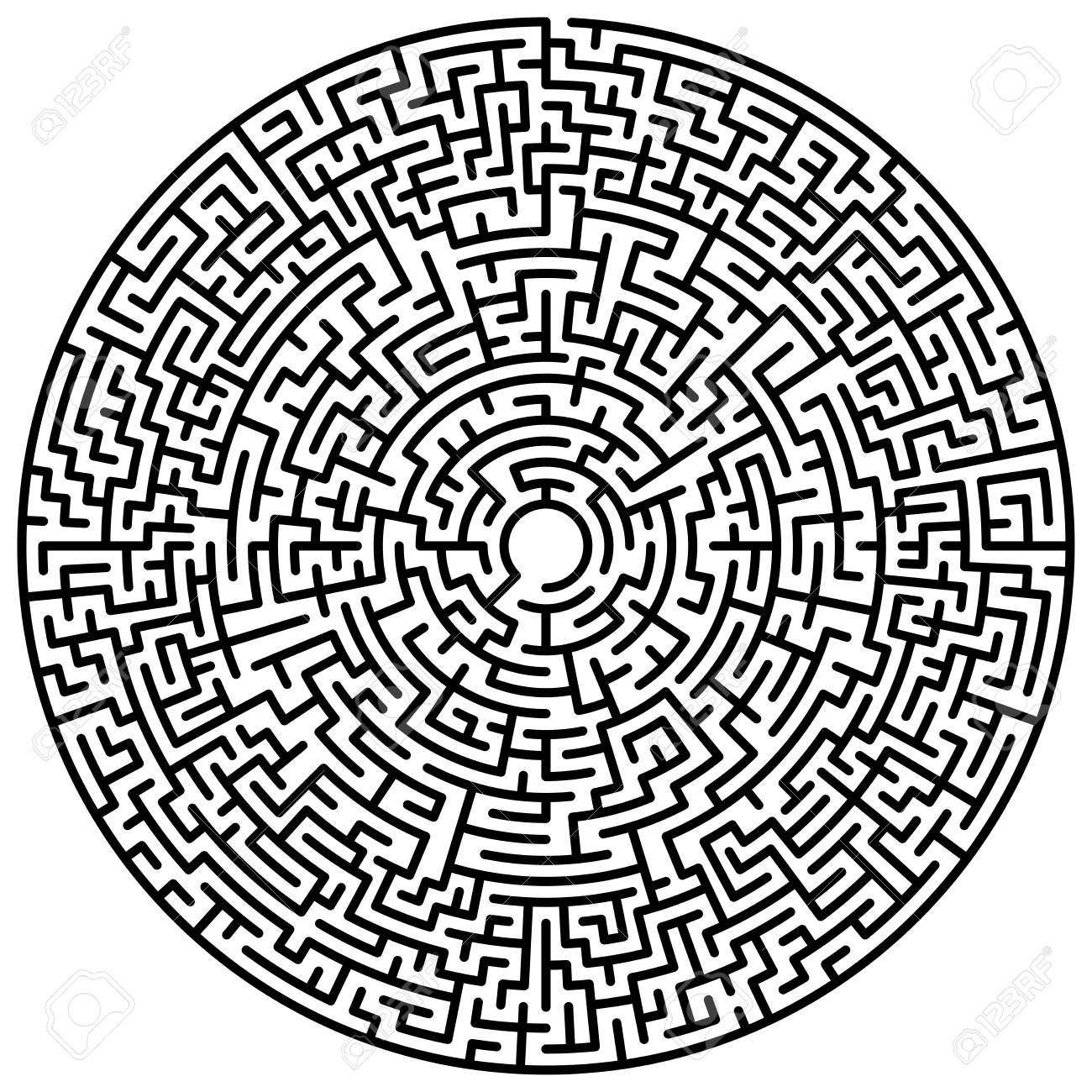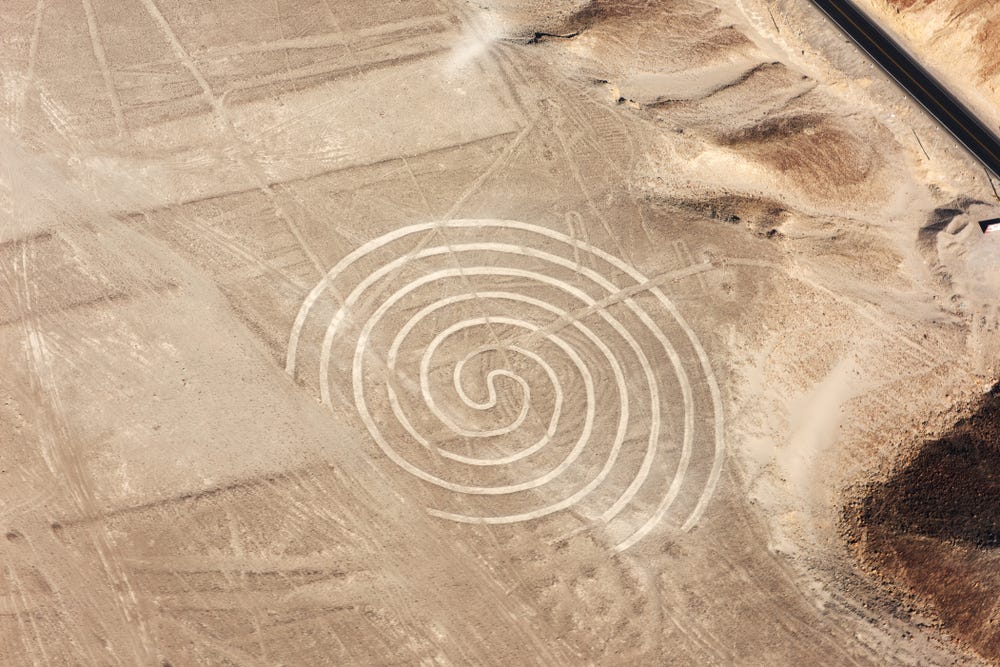Loneliness can be a deeply isolating and even debilitating emotion, leading individuals into a labyrinth of their own making. However, writing has the power to serve as a guiding thread, offering an escape route from the intricate maze of loneliness. This essay explores the profound connection between loneliness and the act of writing as a means of finding one's way out of this emotional labyrinth.
When one finds themselves ensnared in the labyrinth of loneliness, the walls seem insurmountable, and escape appears impossible. At such times, writing can become a lifeline, a tool to navigate the inner complexities of one's emotional landscape. Through the act of writing, individuals can give shape to their feelings, thoughts, and experiences. The blank page becomes a nonjudgmental confidant, a space to express the inexpressible.
Writing offers an opportunity for introspection and self-discovery. In the solitude of the writing process, individuals can delve deep into their thoughts and feelings, dissecting the root causes of their loneliness. It's an act of confronting one's emotions and experiences, and in doing so, it can lead to a profound understanding of the self.
This enables a connection with the wider world. In sharing one's written words, whether through personal journals, social media, or creative works, the sense of isolation can be alleviated. The act of sharing creates bridges, allowing others to resonate with one's experiences, offer empathy, or even provide solutions. In this way, writing can transform a solitary journey into a shared expedition, illuminating the labyrinth with the collective wisdom of others.
In addition, creative writing, such as poetry, fiction, or even non-fiction, can serve as a means of catharsis and liberation. The act of weaving words into stories, metaphors, and symbols allows individuals to externalize their emotions, transforming them into a tangible narrative. In doing so, they not only find an outlet for their feelings but also gain a sense of control over their own story, one that is no longer dominated by loneliness.
The act of writing is not a cure-all for loneliness, nor is it always sufficient to eradicate its grip entirely. Loneliness can be a deep-seated, enduring emotion that often requires professional support, social interaction, and other interventions. However, writing can be a complementary tool, an anchor that keeps individuals grounded while they navigate the labyrinth of loneliness.
Loneliness is a pervasive emotion that can trap individuals in an intricate labyrinth of isolation. Writing serves as a powerful means of navigating this labyrinth, offering introspection, connection, and catharsis. It provides individuals with a lifeline, a way to express and make sense of their emotions, as well as to connect with others who may share similar experiences. While it may not eliminate loneliness entirely, writing can be a guiding thread that leads individuals out of the emotional maze and towards a place of healing and self-discovery.
Labyrinths: A Journey Through Time and Space.
Labyrinths have captivated human imagination for millennia, serving as powerful symbols and structures with a rich history. From the labyrinthine patterns etched in ancient rock carvings to the intricate mazes of contemporary video games, these enigmatic constructs have played a multifaceted role in culture, art, and spirituality. This essay explores the concept of labyrinths, tracing their historical evolution and examining their significance in various contexts.
The labyrinth's origins are shrouded in mystery, with the earliest recorded instances dating back thousands of years. One of the most iconic early examples is the labyrinth of Knossos in ancient Crete, believed to be built by the legendary architect Daedalus. This mythological maze, where the Minotaur resided, exemplifies the labyrinth's dual nature - a symbol of both danger and escape.
Throughout history, diverse cultures embraced labyrinths, each imbuing them with unique significance. In medieval European cathedrals, intricate labyrinthine patterns were often incorporated into the architecture, serving as a symbol of the spiritual journey. Walking these labyrinth paths symbolized the pilgrim's progress toward enlightenment or self-discovery.
In Native American culture, labyrinthine petroglyphs were used for rituals and storytelling, emphasizing the interconnectedness of all things. The Nazca Lines in Peru, sprawling across the desert floor, feature labyrinthine designs that puzzle researchers to this day.
The modern era has witnessed a resurgence of interest in labyrinths. Contemporary labyrinth designs can be found in public parks, gardens, and even as art installations. Unlike the traditional, confounding maze, labyrinths typically have a single, winding path leading to a center, reflecting a more contemplative and meditative purpose.
Psychologists have also delved into the labyrinth's symbolism. Carl Jung, the renowned Swiss psychiatrist, saw the labyrinth as a representation of the individual's journey to self-discovery. He believed that exploring the labyrinth within oneself led to a greater understanding of the unconscious mind.
Labyrinths, throughout their history, have served as metaphors for the human experience. They embody the duality of life, symbolizing both challenges and the quest for meaning. From their ancient origins to their contemporary resurgence, labyrinths continue to intrigue and inspire individuals on a profound level. Their enduring presence in our cultural, spiritual, and psychological landscapes speaks to the timeless allure of these intricate and mesmerizing structures. Whether we walk their paths in meditation or ponder their symbolism, labyrinths invite us to embark on a journey of exploration and self-discovery, much like the ancient pilgrims who sought enlightenment in the winding corridors of life.






Writing invites me to clarify my thinking, which does help alleviate that feeling of lost mess when I have too many thoughts bouncing around. Writing helps me get them on a page where I can have a good look at them and put them in order. By the end, I feel less of a stranger to myself.
Love this visual of the labyrinth of loneliness. To me, it is a picture of hope- because to engage with, and complete, the labyrinth is to return to the wider world and community within it. Lovely piece of writing.